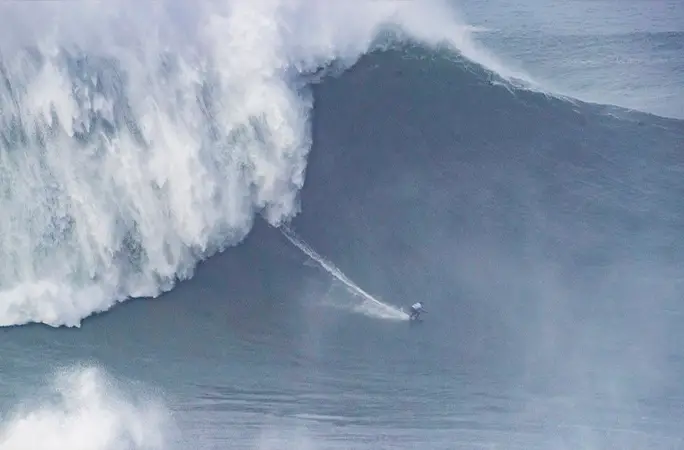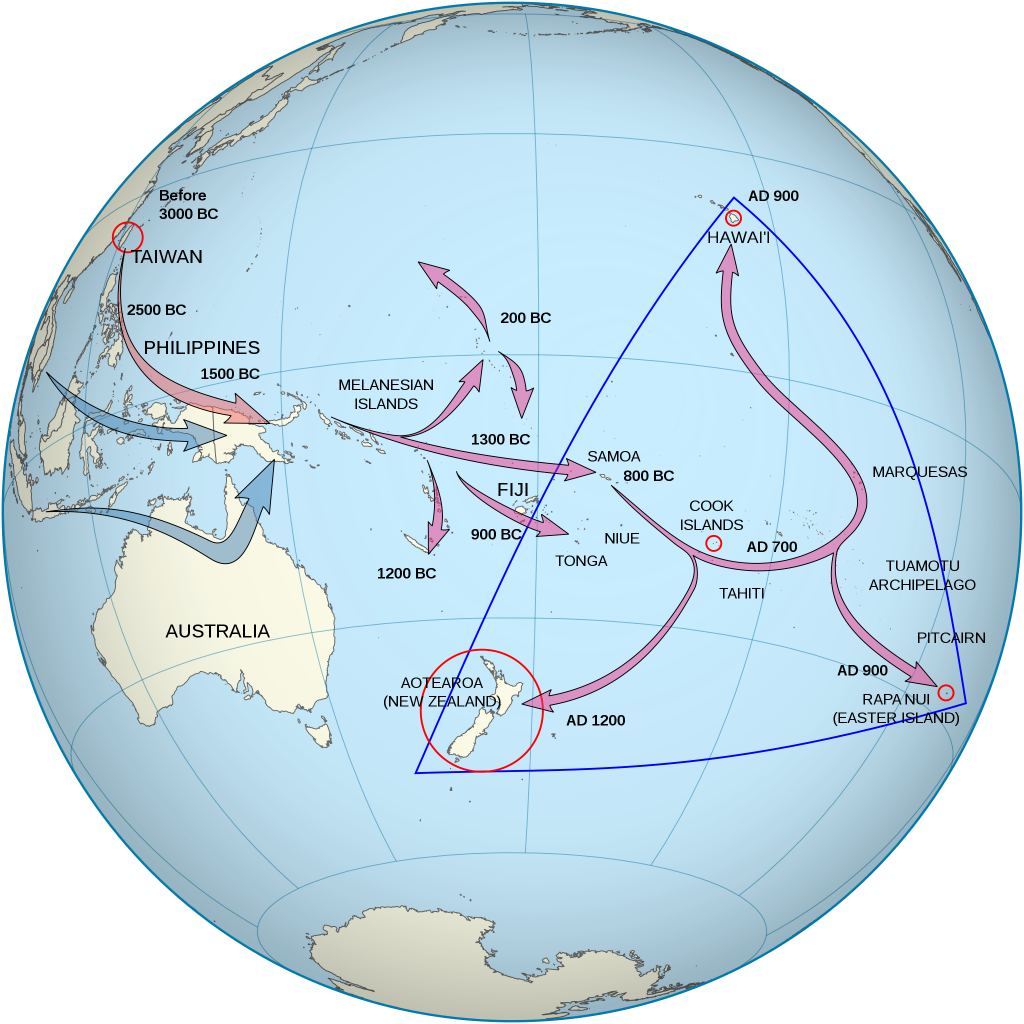
Today, 2023-06-17 = 17 June 2023, is the 30th anniversary of the International Surfing Day. It is held annually on the third Saturday of June. It is yet another unofficial holiday, that some environmentally conscious, sports-centered fanatics find worthy of celebrating because of an interest in surfing as a sport, as a lifestyle, as a musical genre, or simply as a manifestation of the sustainability of ocean resources. The day is the spiritual successor of World Surf Day, started by the Usenet newsgroup alt.surfing in 1993.
I attempted to read a short, online history of surfing. It was problematic. Apparently, somewhere in Polynesia there is a cave where, in the 12th century, someone painted a person on a surfboard. The location was not specified. It could be anywhere, but I suspect it exists only in the imagination of the writer. By the year given, the Polynesians had colonized Hawaii (AD 900), Rapa Nui = Easter Island (AD 900) as well as Aotearoa = New Zealand (AD 1200), if one is not too concerned about the difference between 12th century and AD 1200. Polynesia consists of about 300 – 310 000 square kilometers of land, of which New Zealand contributes 270 000 square kilometers. It is surrounded by vast quantities of ocean. How much? I have not been able to determine that metric.
If one traces the linguistic origins of Polynesia far enough back in time, one ends up in Taiwan.

Despite various forms of evidence (linguistic, historic as well as genetic), some pseudo-scientists want to invent their own histories. Such is the case with Thor Heyerdahl (1914 – 2002). He proposed, in the mid-20th century, that the Polynesians had migrated in two waves: one by Native Americans from the northwest coast of Canada by large whale-hunting dugouts; and the other from South America on balsa-log rafts. The Kon-Tiki expedition set out to prove the possibility.
The history of Polynesia is not the same as the history of surfing. Today is not Polynesia day, but surfing day. The list below contains some names of individuals associated with surfing culture in its various forms.
Duke Paoa Kahinu Mokoe Hulikohola Kahanamoku (1890 – 1968): enthusiastic surfer, who also founded the multiracial Hui Nalu Club (Club of Waves) at Waikīkī Beach.
Hugh Bradner (1915 – 2008): inventor of the neoprene wetsuit, which revolutionized surfing (and scuba diving).
William Asher (1921 – 2012): director of Beach Party (1963), a film that shows antropologist Robert Orville Sutwell (Bob Cummings, 1910 – 1990) secretly studying the wild mating habits of Southern California teenagers who hang out at the beach and speak in strange surfing-jargon.
Dick Dale (born, Richard Anthony Monsour; 1937 – 2019): guitarist, who composed the ultimate surf song, Misirlou (1962).
Bruce Brown ( 1937 – 2017): American documentary film director, known as an early pioneer of the surf film, who made The Endless Summer (1964).
Rennie Ellis (1940 – 2003): Australian surf photographer, photo agency and gallery owner and publisher of 17 photography books.
Annette Funicello (1942 – 2013): actress, mouseketeer, particularly appreciated for her role as Dee Dee in How to Stuff a Wild Bikini (1965).
William Finnegan (1952 – ): author of Barbarian Days: A Surfing LIfe (2015), often described as a memoir of an obsession.
Joni Sternbach (1953 – ): large-format camera photographer using early photographic processes, including tintype and collodion. She takes an ethnographic approach to produce in situ portraits of women surfers and surf culture. Many of these were published in Surfland (2009).
Selema Masekela (1971 – ): enthusiastic promoter of AfroSurf (2021) a book with 200 photos, 50 essays, surfer profiles, thought pieces, poems, playlists, illustrations, ephemera, recipes, and a mini comic, intended to capture the diversity and character of the African surf. The book’s author is stated as Mami Wata, which could refer to 1) a central African water spirit; 2) a 2023 film by C. J. Fiery Obasi, about that water spirit; 3) a South African surf supply company.
Maya Reis Gabeira (1987 – ): Brazilian big wave surfer, with a world record for having surfed a 22.4 m (73 ft) high wave in Nazaré, Portugal on 2022-02-11 = 11 February 2022, the biggest wave ever surfed by a woman.
Carissa Moore (1992 – ): Hawaiian American Olympian, world champion surfer and activist.
My own interest in surfing relates to surf photography and surf culture.

